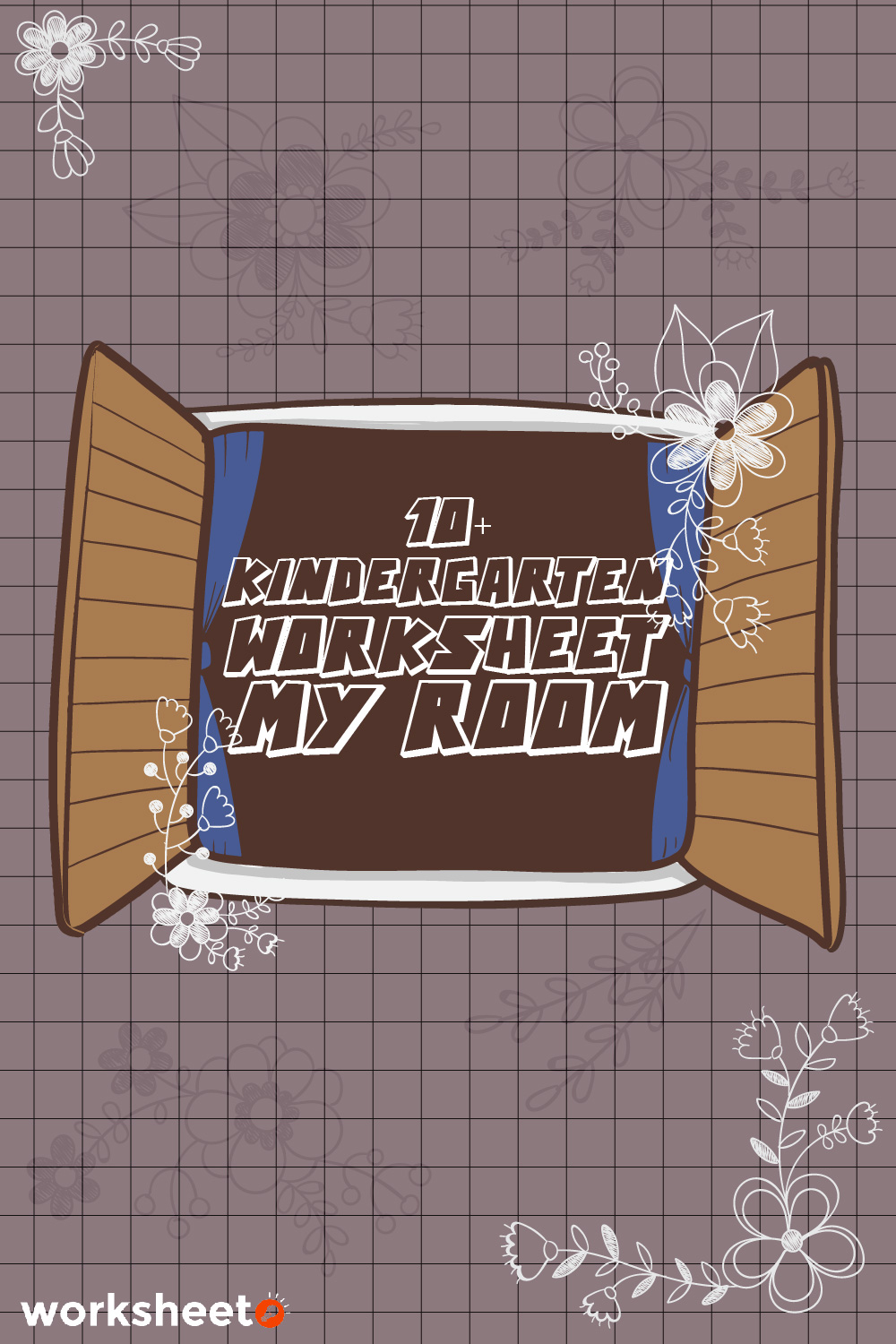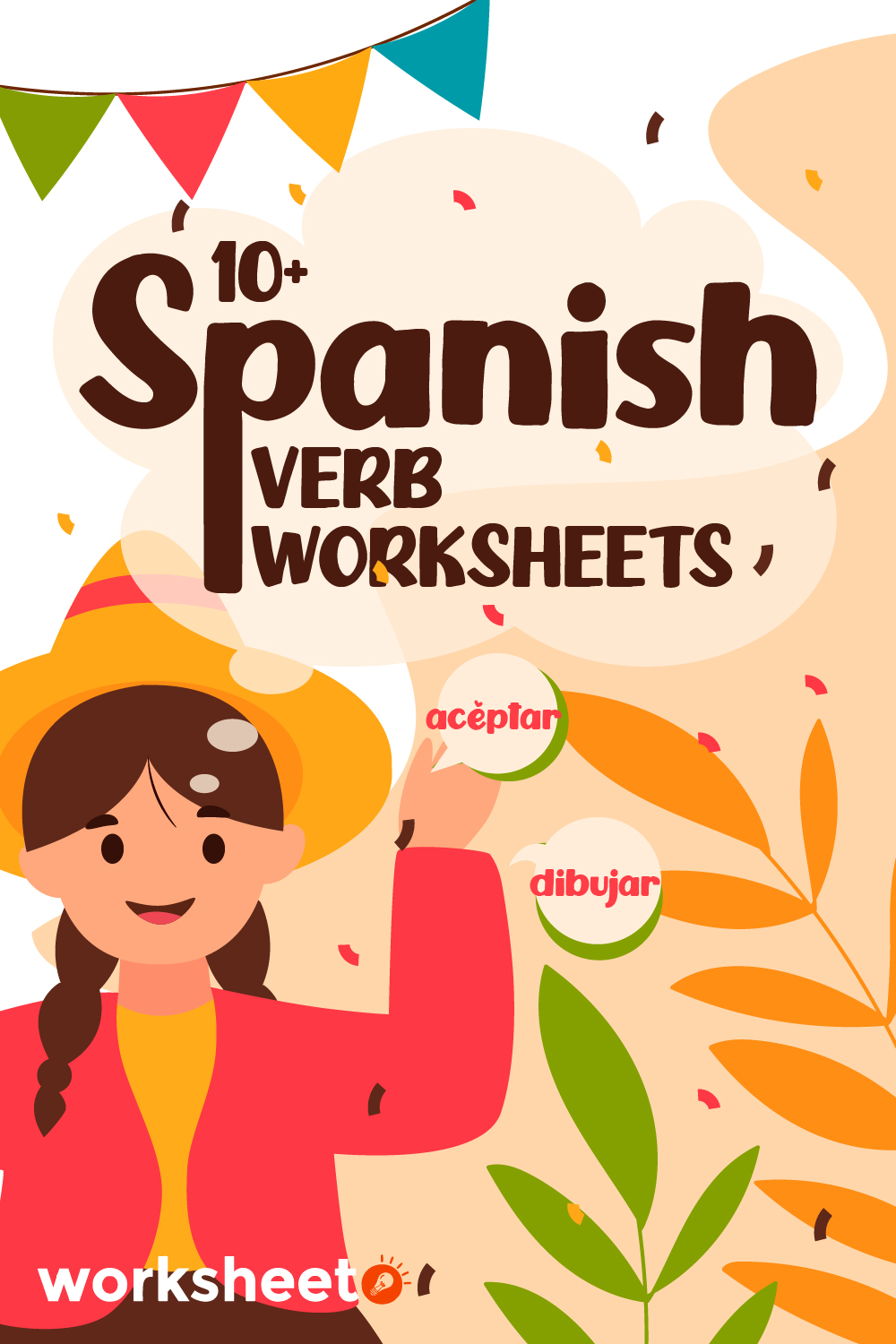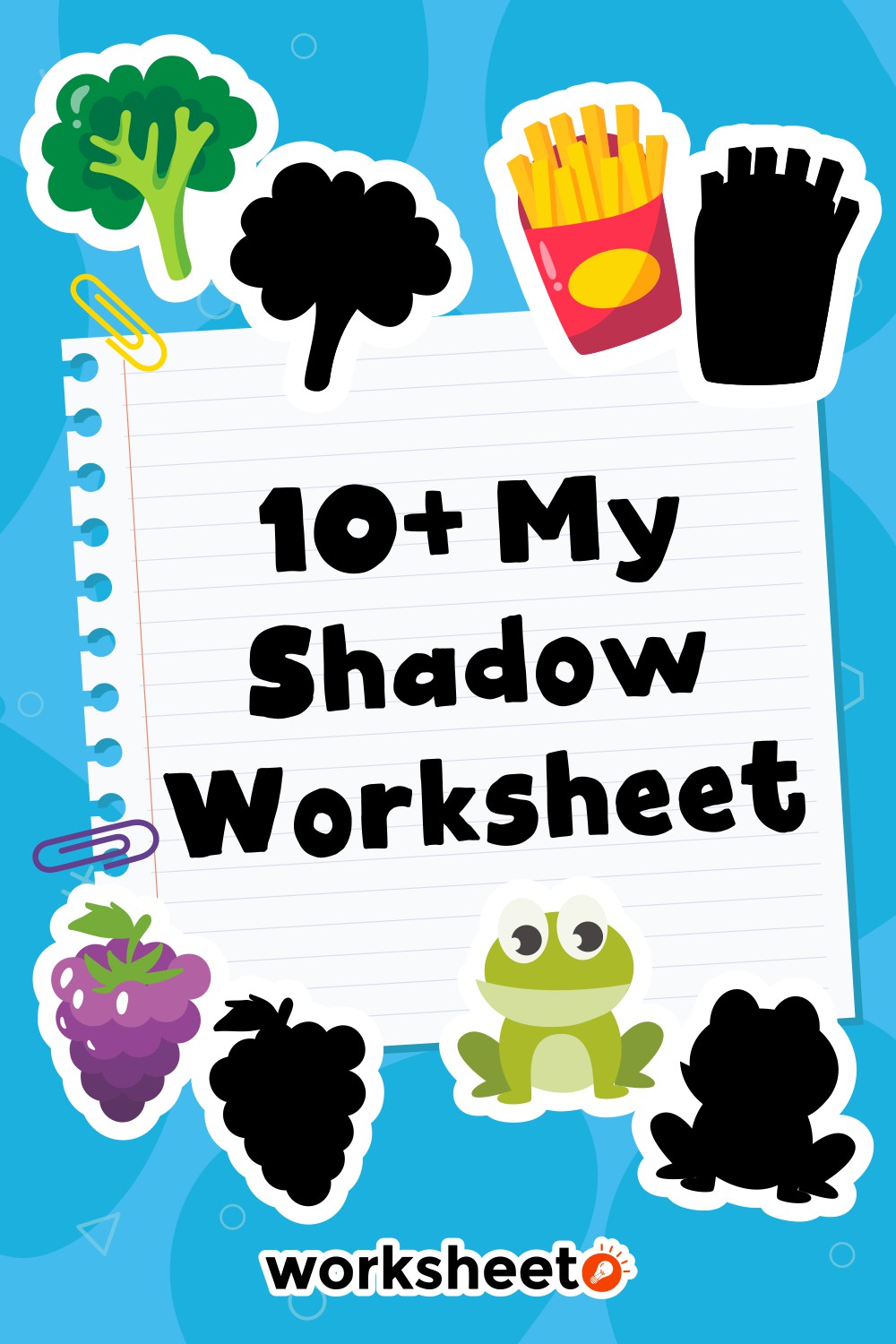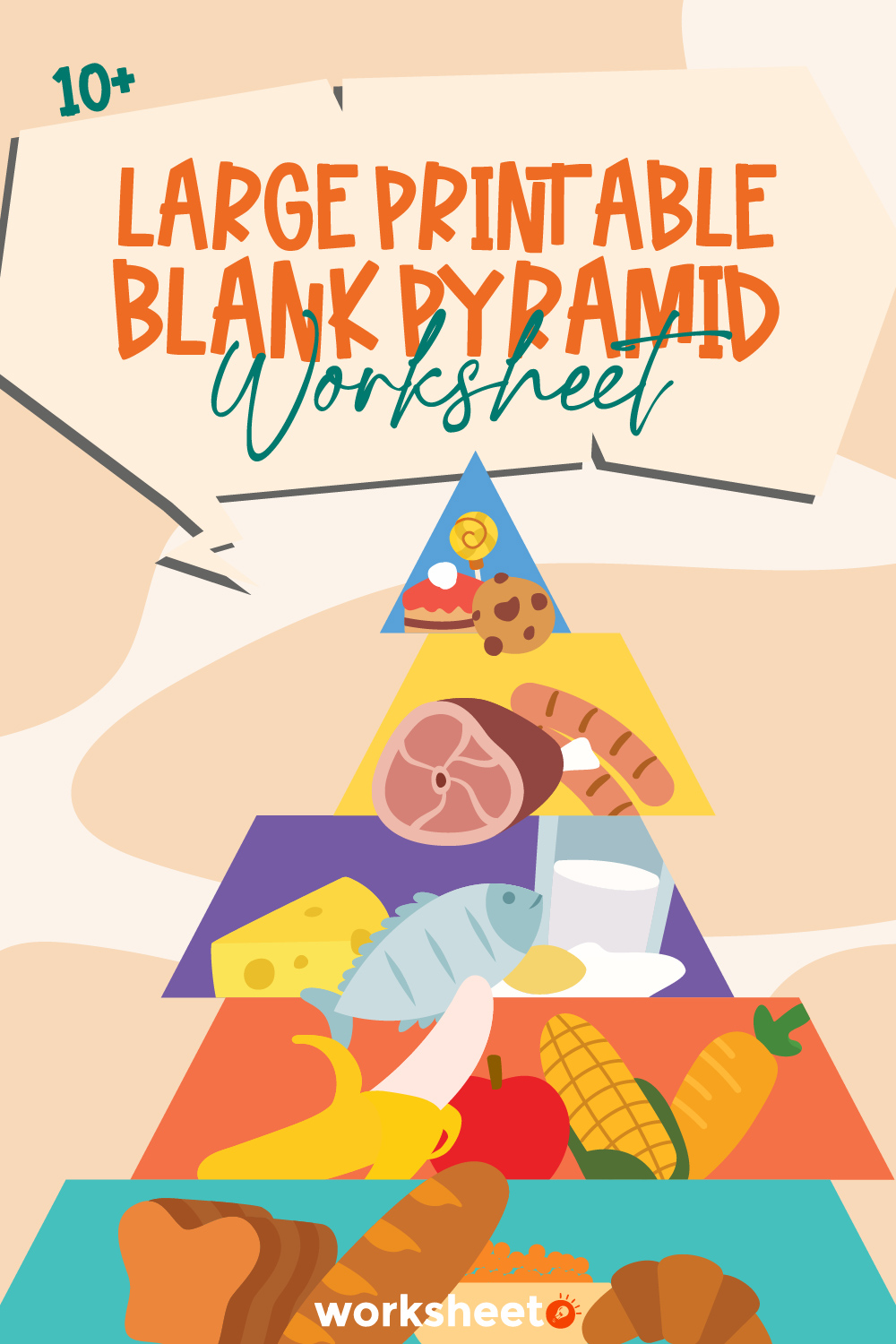Present Past Participle Verbs Worksheets
Worksheets for Present Past Participle Verbs: A useful resource for English language learners of all levels, these worksheets provide clear and concise exercises to help reinforce understanding of verb tenses and their forms. Designed to engage learners in an interactive manner, these worksheets are an ideal tool for individuals seeking to improve their grasp on present, past, and participle verb forms.
Table of Images 👆
- Past Participle Irregular Verbs
- Past Participle Worksheets
- Simple Past Tense Worksheets
- Past Tense Verb Worksheet
- Irregular Verbs Worksheets
- Present Participle Worksheets
- Free Printable 2nd Grade English Worksheets
- Simple Past Tense Verbs
- Past and Present Tense Verbs Sort
- Spanish Irregular Verbs Crossword Puzzle
- Blank Fill in Verb Tense the Story
More Other Worksheets
Kindergarten Worksheet My RoomSpanish Verb Worksheets
Healthy Eating Plate Printable Worksheet
Cooking Vocabulary Worksheet
My Shadow Worksheet
Large Printable Blank Pyramid Worksheet
Relationship Circles Worksheet
DNA Code Worksheet
Meiosis Worksheet Answer Key
Rosa Parks Worksheet Grade 1
What is the role of a present participle verb?
The role of a present participle verb is to describe an ongoing action or state that is happening at the same time as the main verb in a sentence. It is often used to add detail, show cause and effect, or provide additional information about the main verb.
How is a present participle verb formed?
A present participle verb is formed by adding "-ing" to the base form of the verb. For example, the base form "run" becomes "running" in present participle form.
Can a present participle be used as an adjective?
Yes, a present participle can be used as an adjective to describe or modify a noun. By adding -ing to a verb, it can function as an adjective in a sentence. For example, in the phrase "The running water," "running" is a present participle used as an adjective to describe the type of water.
Give an example of a sentence using a present participle verb.
She was running in the park this morning.
What is the purpose of a past participle verb?
The purpose of a past participle verb is to show that the action of the verb has been completed in the past or that it is in a finished state, used in various tenses such as the present perfect, past perfect, and future perfect. It can also be used in passive voice constructions and as adjectives to describe nouns.
How is a past participle verb formed?
A past participle verb is formed by adding "-ed," "-en," or "-d" to the base form of a verb, depending on the specific verb's irregularity or regularity. It is used in various tenses, such as the present perfect and past perfect, and can also be used as an adjective in sentences.
Can a past participle verb be used as an adjective?
Yes, a past participle verb can be used as an adjective to describe a noun. The past participle form of a verb typically ends in -ed or -en and can modify a noun by indicating a state or quality. For example, in the phrase "the broken window," "broken" is a past participle verb that functions as an adjective describing the state of the window.
Give an example of a sentence using a past participle verb.
The cake was baked by Mary for the party last night.
What is the difference between a present participle and a past participle verb?
A present participle verb is formed by adding "-ing" to a base verb and is used to indicate ongoing or continuous actions. For example, "running" or "eating". A past participle verb is often formed by adding "-ed," "-d," "-t," "-en," or "-n" to a base verb and is used to indicate completed actions or states. For example, "broken" or "taken".
How can present and past participle verbs be used to form progressive and perfect tenses?
Present and past participles are used to form progressive tenses by combining them with a form of the verb "to be". For example, in the present progressive tense, the present participle is used in conjunction with "am", "is", or "are" (e.g. I am walking). In the past progressive tense, the past participle is used with "was" or "were" (e.g. They were eating). To form perfect tenses, the present participle is combined with "have" or "has" for the present perfect (e.g. She has finished) and the past participle with "had" for the past perfect (e.g. They had left).
Have something to share?
Who is Worksheeto?
At Worksheeto, we are committed to delivering an extensive and varied portfolio of superior quality worksheets, designed to address the educational demands of students, educators, and parents.





























Comments